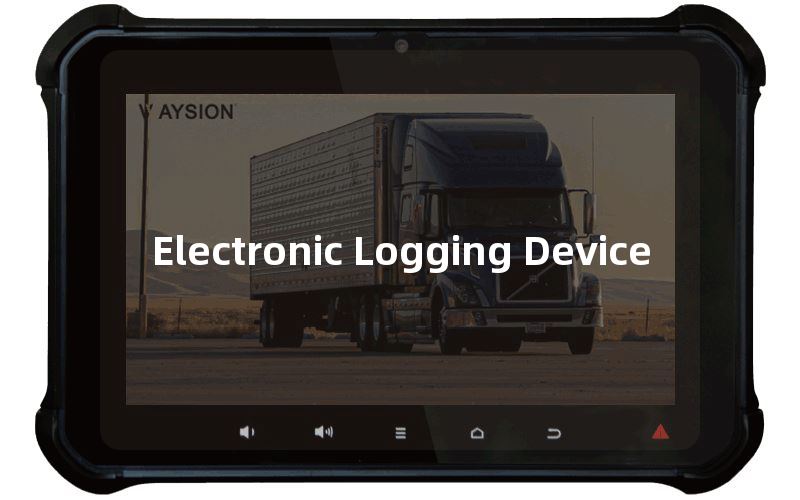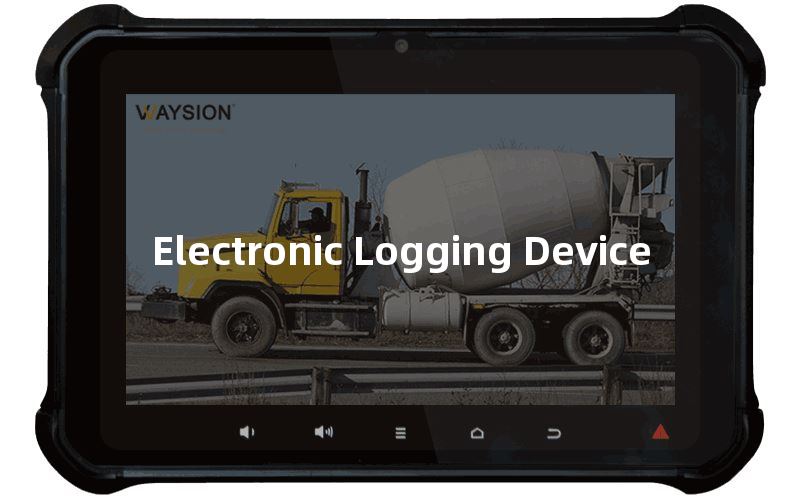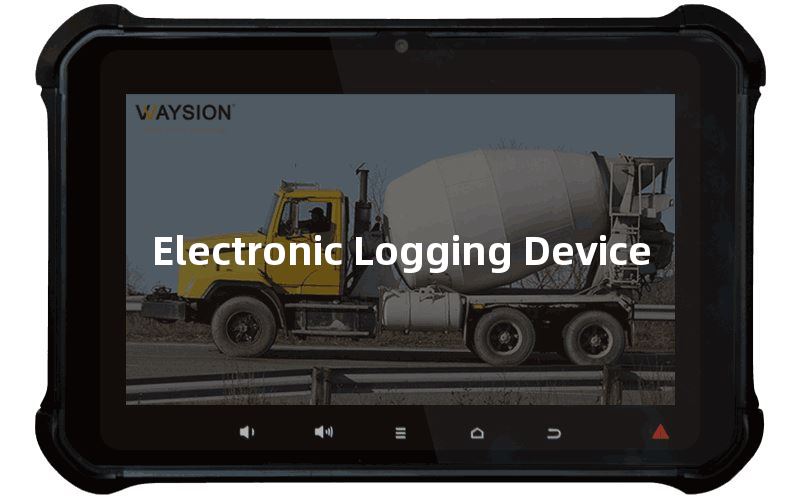What exactly are Electronic Logging Devices (ELDs)?
What exactly are Electronic Logging Devices (ELDs)? These nifty gadgets have revolutionized the way commercial drivers track their hours on the road. ELDs are electronic solutions that automatically record a driver’s driving time and other aspects of their Hours of Service (HOS). They have become a crucial part of modern transportation, ensuring compliance with regulations and enhancing road safety.
History of Electronic Logging Devices
The journey of ELDs started long before their widespread adoption. Initially, drivers used paper logs to track their hours, a method prone to errors and fraud. As technology advanced, so did the methods for tracking driving hours. The transition from paper logs to electronic solutions began with early onboard recording devices in the 1980s. These devices paved the way for today’s sophisticated ELDs, with key milestones including the introduction of the ELD mandate by the FMCSA in 2015.
How ELDs Work
An ELD consists of several components, including a display screen, a control module, and a connection to the vehicle’s engine. These devices record data such as driving hours, engine hours, vehicle movement, and location information. The data is then integrated with fleet management systems, providing a comprehensive overview of a driver’s activities. This seamless integration helps in maintaining accurate logs and ensures compliance with HOS regulations.
Benefits of Using ELDs
The advantages of using ELDs are manifold. Firstly, they offer increased accuracy in logging driving hours, reducing the risk of errors and fraud. Secondly, ELDs enhance road safety by preventing driver fatigue and ensuring adherence to HOS regulations. Moreover, they help fleet operators save costs by reducing paperwork and streamlining operations. Overall, ELDs are a win-win for both drivers and fleet managers.
Regulations Surrounding ELDs
The FMCSA has set forth specific requirements for ELDs to ensure uniformity and reliability. The ELD mandate, effective since December 2017, requires most commercial motor vehicle drivers to use ELDs. The compliance deadlines were phased, with full compliance required by December 2019. Non-compliance can lead to penalties, including fines and out-of-service orders, making adherence to these regulations crucial.
Choosing the Right ELD
Selecting the right ELD involves considering several factors. Key features to look for include user-friendliness, reliability, compatibility with existing systems, and customer support. Comparing different ELD providers can help in finding the best fit for your fleet. Additionally, understanding the costs involved, including initial purchase, installation, and ongoing subscription fees, is essential for making an informed decision.
Installation and Setup
Installing an ELD might seem daunting, but following a systematic approach can simplify the process. Begin with choosing a suitable ELD, then follow the manufacturer’s instructions for installation. Common challenges include ensuring proper connectivity and integration with the vehicle’s systems. Conducting a thorough test post-installation ensures the device is functioning correctly and complies with regulatory requirements.
Training Drivers and Staff
Training is crucial for the successful implementation of ELDs. Drivers and staff need to understand how to use the device and comply with HOS regulations. Comprehensive training programs, including hands-on practice, can enhance familiarity and confidence. Additionally, providing ongoing support and resources can help in addressing any issues that arise, ensuring smooth operations.
Common Issues and Troubleshooting
Despite their benefits, ELDs can sometimes encounter issues. Common problems include connectivity issues, incorrect data recording, and software glitches. Basic troubleshooting steps include restarting the device, checking connections, and updating software. If issues persist, seeking professional help from the ELD provider can resolve more complex problems.
Case Studies of ELD Implementation
Looking at real-world examples can provide valuable insights into the benefits and challenges of ELD adoption. Companies like ABC Trucking have reported significant improvements in compliance and operational efficiency post-ELD implementation. Learning from such success stories can guide other fleet operators in their ELD journey, highlighting best practices and potential pitfalls.
Future of ELD Technology
The future of ELD technology is bright, with continuous advancements on the horizon. Emerging trends include the integration of AI and big data analytics, which can provide deeper insights into driver behavior and fleet performance. Innovations such as predictive maintenance and enhanced data security are set to transform ELDs, making them even more indispensable in the coming decade.
Impact of ELDs on the Transportation Industry
The adoption of ELDs has led to significant changes in the transportation industry. Operational practices have evolved, with greater emphasis on compliance and efficiency. Drivers’ lifestyles have also changed, with ELDs ensuring better work-life balance by preventing overwork. Industry-wide, the benefits include improved safety records, streamlined operations, and cost savings, despite some initial resistance and adjustment challenges.
Myths and Misconceptions about ELDs
Several myths surround ELDs, leading to misconceptions. Common myths include the belief that ELDs are overly complicated or invade driver privacy. In reality, ELDs are designed to be user-friendly and secure. Addressing these concerns through education and clear communication can dispel fears and promote wider acceptance of ELDs.
FAQs about ELDs
- What is an ELD?
- An Electronic Logging Device (ELD) automatically records a driver’s driving time and Hours of Service (HOS) to ensure compliance with federal regulations.
- Are all drivers required to use ELDs?
- Most commercial motor vehicle drivers are required to use ELDs, with some exemptions based on vehicle type and operation.
- Can ELDs be used on older vehicles?
- Yes, ELDs can be installed in older vehicles, but they may require additional adapters to connect with the vehicle’s engine.
- How do ELDs improve road safety?
- ELDs enhance road safety by preventing driver fatigue, ensuring compliance with HOS regulations, and providing real-time data on driver behavior.
- What happens if an ELD malfunctions?
- If an ELD malfunctions, drivers must follow the FMCSA’s guidelines for manual recordkeeping until the device is repaired or replaced.
Conclusion
In conclusion, Electronic Logging Devices have transformed the way the transportation industry operates. From ensuring compliance with regulations to enhancing road safety and operational efficiency, the benefits of ELDs are undeniable. As technology continues to advance, the role of ELDs will only grow, making them an integral part of the future of transportation.











